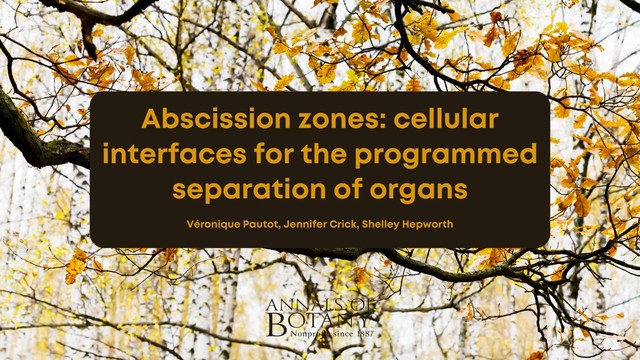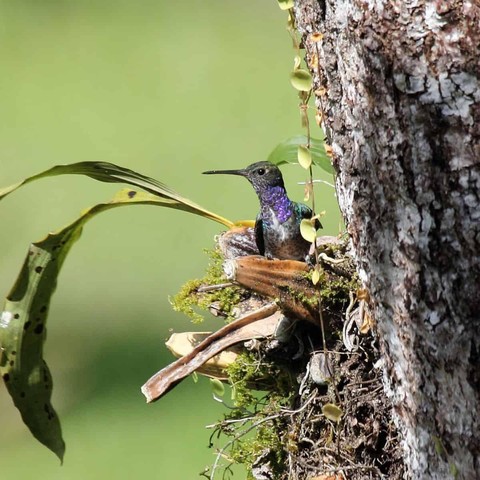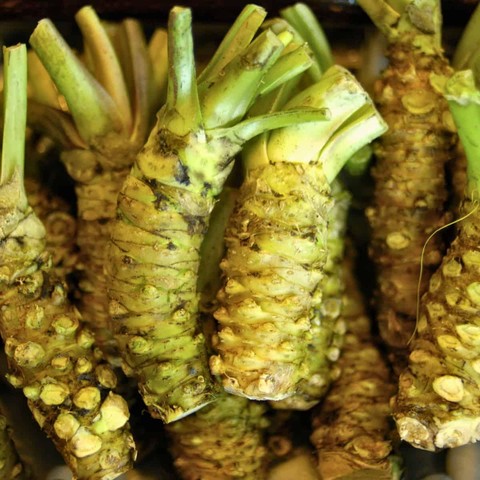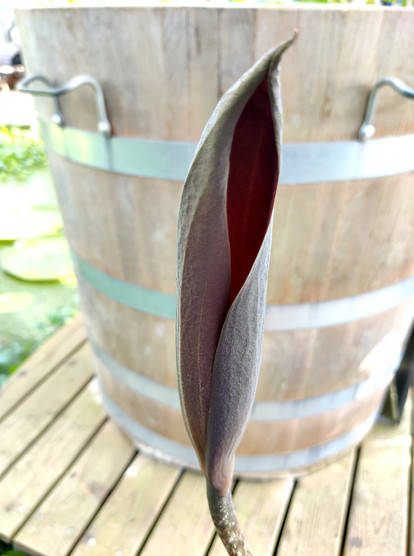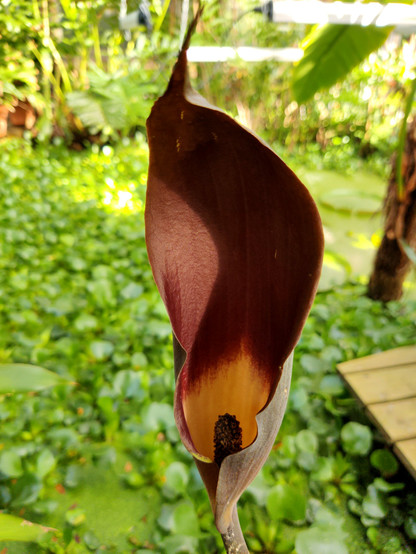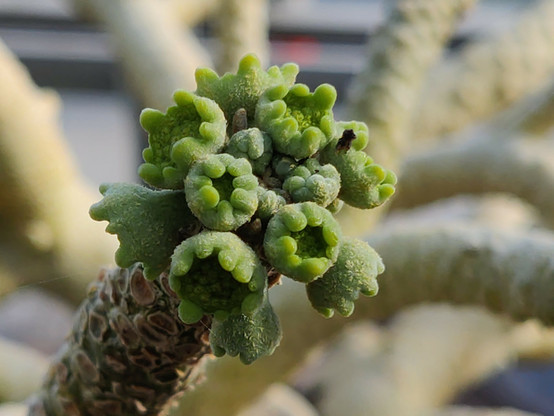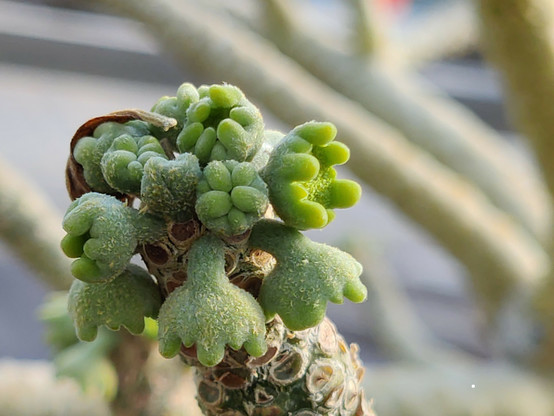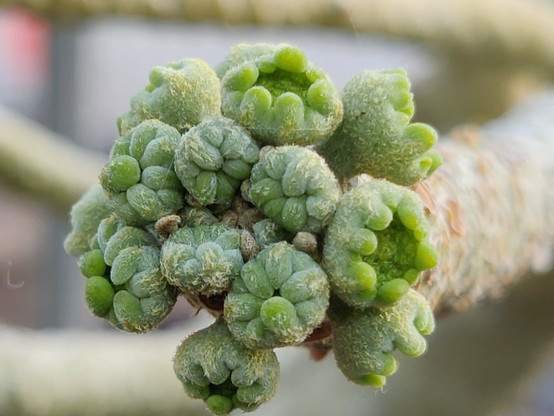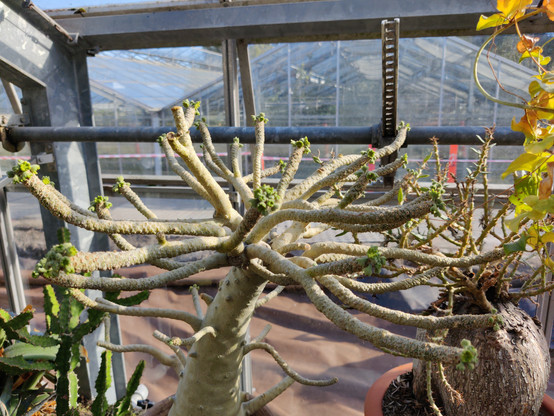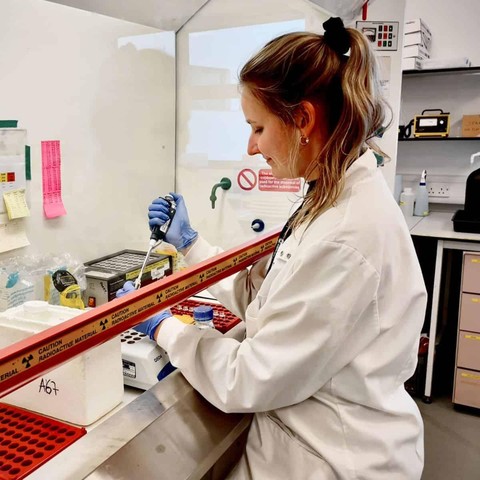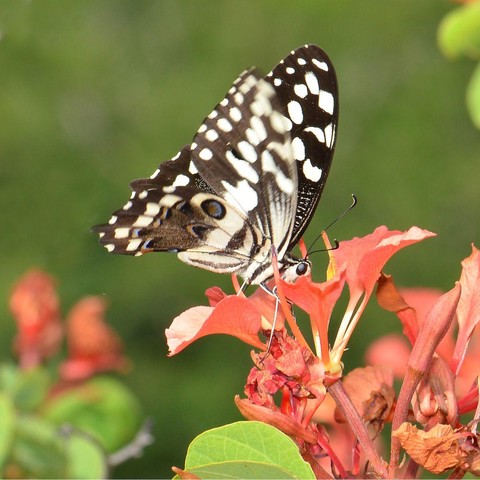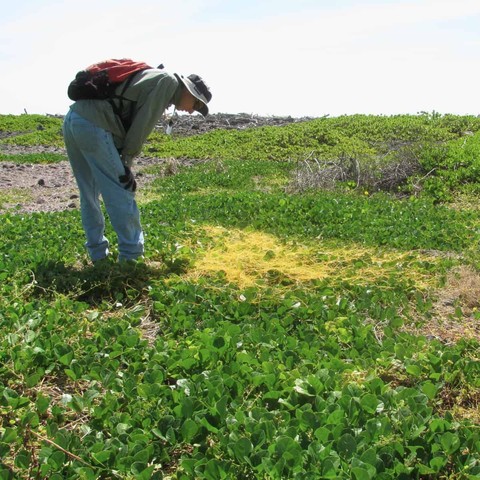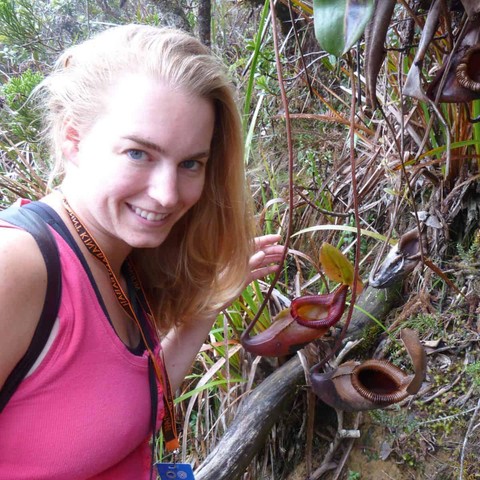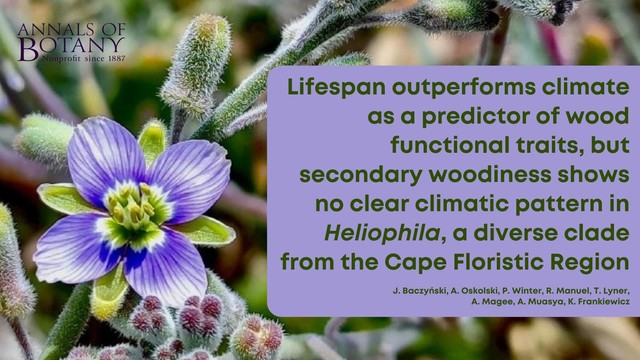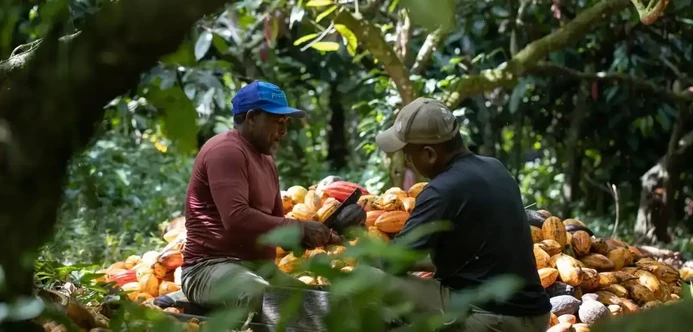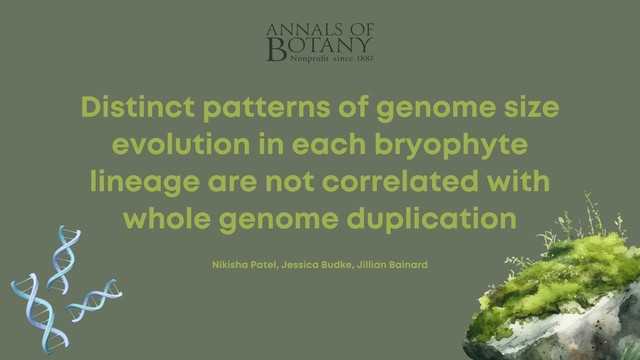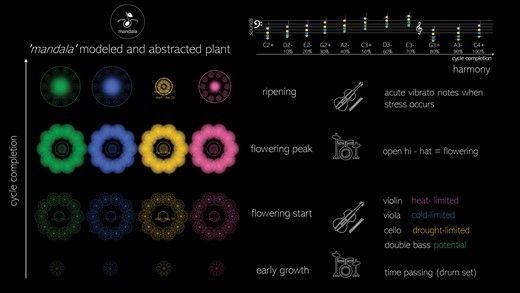Advances in genetics and molecular biology are revealing the mechanisms behind abscission. By tweaking these pathways, researchers aim to control fruit drop, reduce harvest losses, and improve crop resilience. (7/7)
Recent searches
Search options
#plantscience
Join us to learn about the newly published paper ‘Abscission zones: cellular interfaces for the programmed separation of organs’ in @AnnBot by Véronique Pautot.
(1/7)
Did you know urban hummingbirds have more generalised feeding habits? A new study shows city birds visit a broader range of plants, with non-native species playing a crucial role in their survival.
Read more: https://wp.me/pdRZhH-lPg
The Genetic Secret Behind Wasabi's Defensive Kick
https://doi.org/g897b6
The genes that help plants draw in carbon dioxide also help plants kick out poisons when herbivores visit.
@ #BotanicalGardens #Copenhagen
not quite #Putricia but similar to #Amorphophallus
New research from the RIPE project reveals a better way to measure Rubisco, the crucial enzyme in photosynthesis. Radiometric methods are helping scientists improve crop productivity worldwide.
Read more at https://wp.me/pdRZhH-lR9
Staminodes may not produce pollen, but they play crucial roles in Bauhinia galpinii's pollination strategy. New research uncovers the relationship between these African flowers and swallowtail butterflies.
Scientists Find a Gene That Enables a Plant to Become a Vampire
https://doi.org/pdxm
Scientists discover the gene that gives parasitic dodder its "sense of touch" that makes it an effective predator on host plants.
Dr. Renske Onstein's fascination with plants began during a 9-month journey through Southeast Asia. Her research uncovers the evolutionary patterns driving plant diversity across different biomes and deep time.
Read more at https://wp.me/pdRZhH-lM6
Scientists unveil the first architectural model of hazelnut trees, studying 104 shoots over two years to understand growth patterns. This could revolutionize cultivation of the world's third most popular tree nut.
Story at https://wp.me/pdRZhH-lQp
Paper at https://doi.org/pdj5
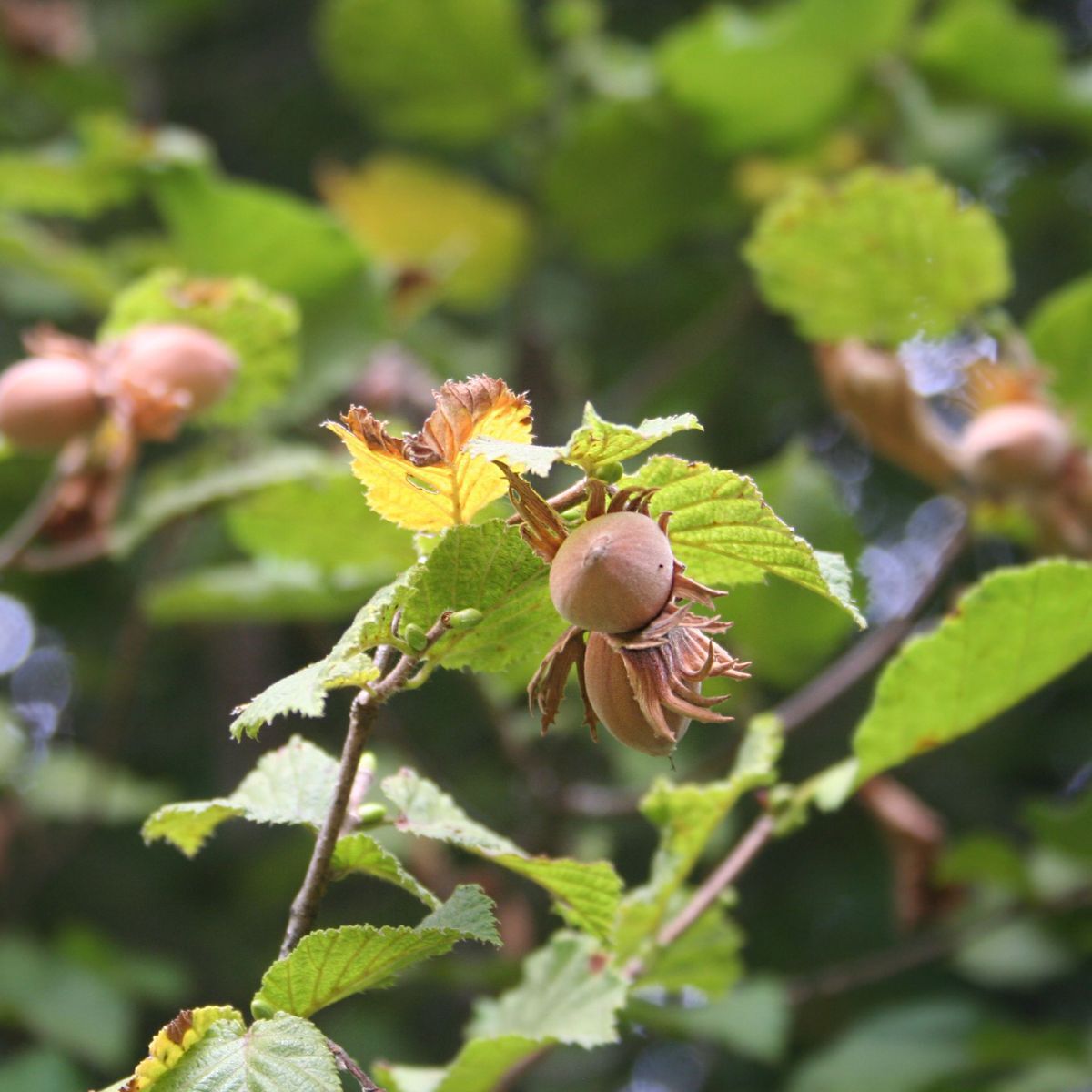
The world's smallest flowering plant might solve our biggest space challenges! New research shows duckweed (Wolffia globosa) thrives in altered gravity—potentially feeding future astronauts while using minimal resources.
Read more at https://wp.me/pdRZhH-lPJ
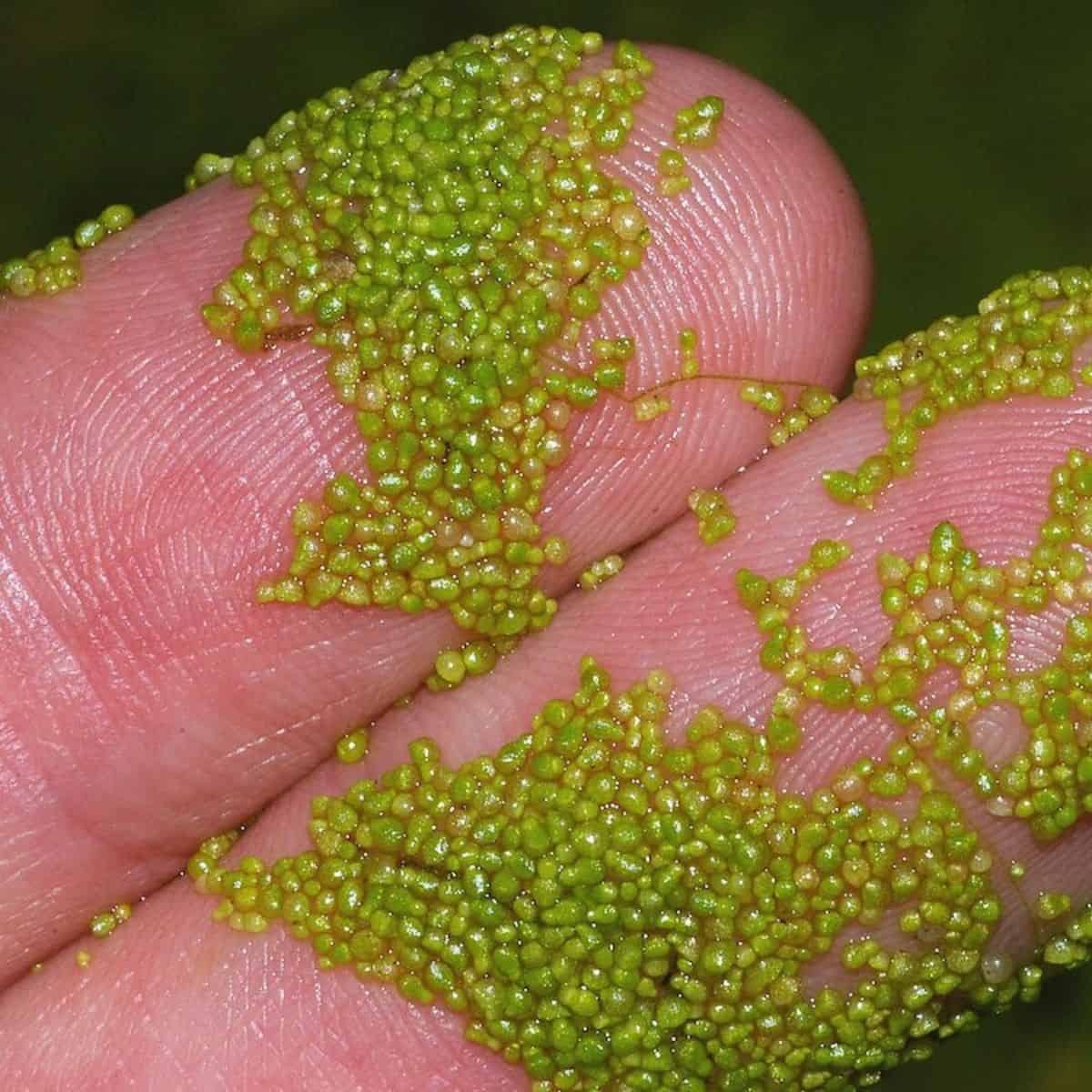
Why It Matters? Understanding these evolutionary patterns helps us predict plant responses to climate change and informs conservation of biodiversity hotspots like the Cape Floristic Region.
Check the newly published article ‘Lifespan outperforms climate as a predictor of wood functional traits, but secondary woodiness shows no clear climatic pattern in Heliophila, a diverse clade from the Cape Floristic Region’ in @AnnBot by Jakub Baczyński and co-authors
(1/10)
New study highlights ways to future-proof cocoa production
A study reveals that sustainable agricultural practices can future-proof cocoa production. By enhancing pollination and mitigating climate risks, cocoa yields can increase without expanding plantations, supporting millions of farmers and the USD 100 billion chocolate industry while safeguarding biodiversity.
https://globalplantcouncil.org/new-study-highlights-ways-to-future-proof-cocoa-production/ #PlantScience #Science #Agriculture #CLimateChange #Chocolate #Cacao
NYT op-ed by Dr. Iago Hale and Dr. Michael Kantar
"Why Did Elon Musk Go After Bunkers Full of Seeds?"
https://archive.is/X14Tw #USpol #USDA #GeneBanks #PlantScience @plantscience
New research reveals how rare green flowers attract pollinators despite their camouflaged appearance. Brightness contrast, not color, is their secret advantage.
Read more: https://wp.me/pdRZhH-lP7
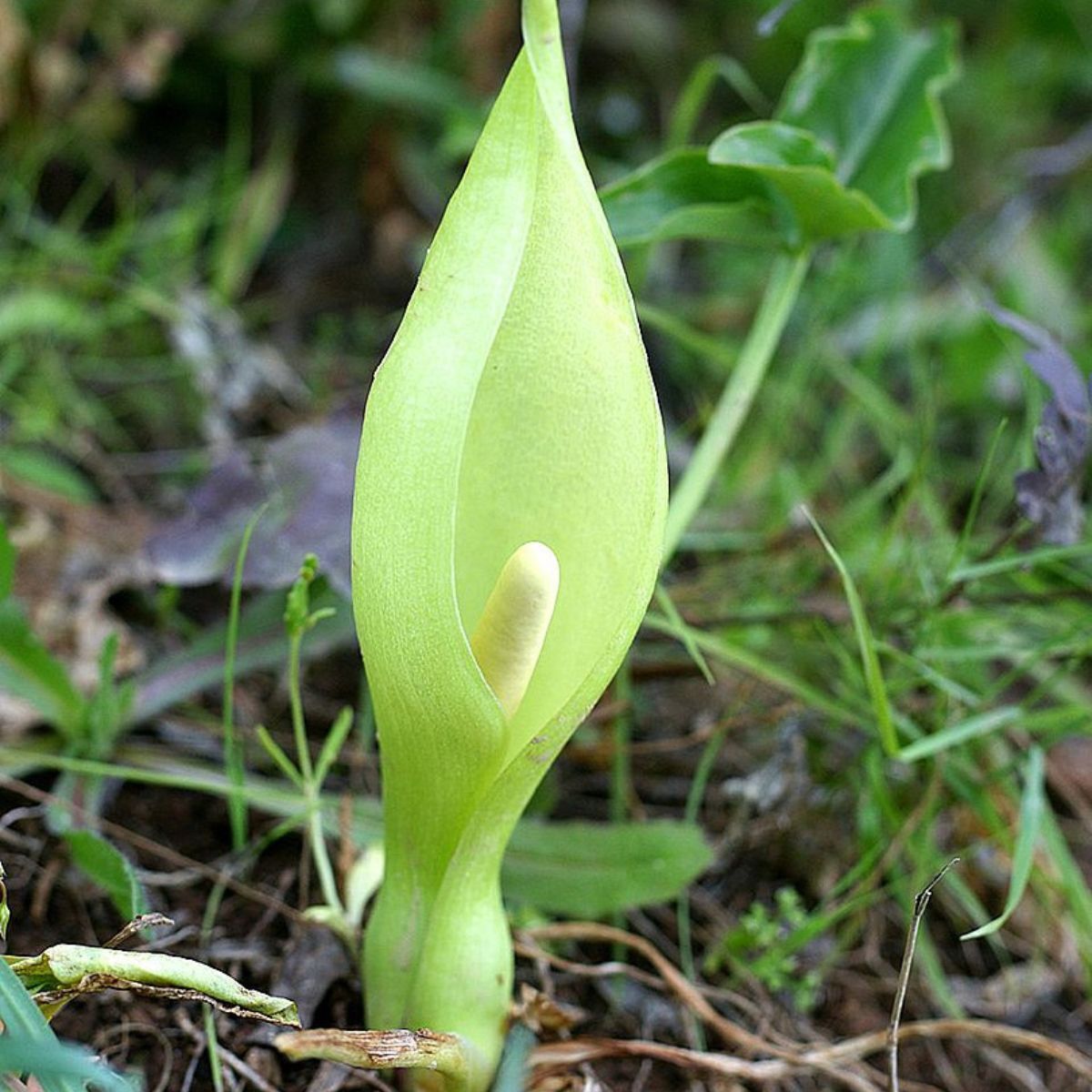
This study highlights how bryophytes challenge our assumptions about genome evolution. Their ability to downsize genomes post-WGD suggests fascinating trade-offs between genome complexity, adaptability, and survival. (8/8)
A simulation #model that translates crop phenology and physiology responses to cold, drought and heat stresses into symbols and sounds
by Simone Bregaglio, Giulia Carriero, Roberta Calone, Maddalena Romano, Sofia Bajocco
https://doi.org/10.1093/insilicoplants/diad023 #ClimateChange #PlantScience


